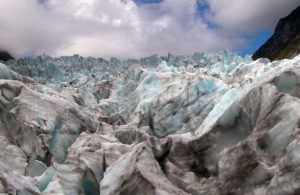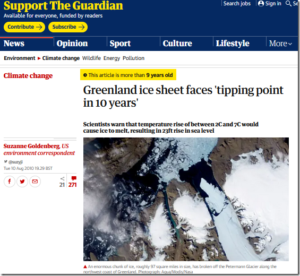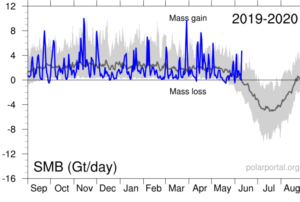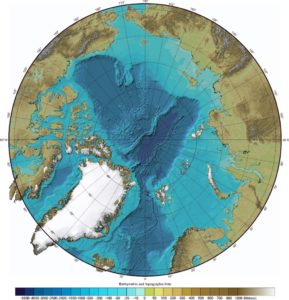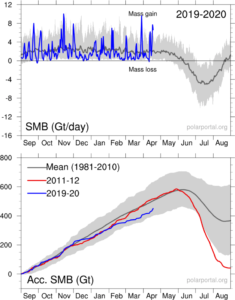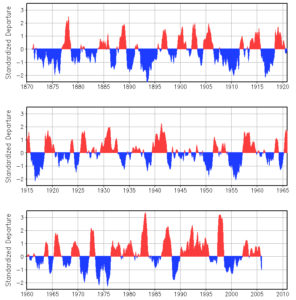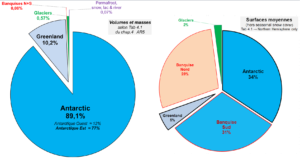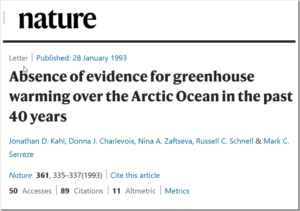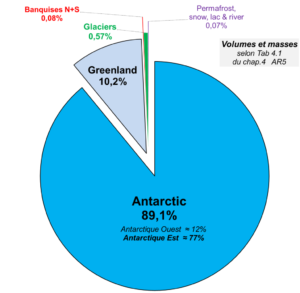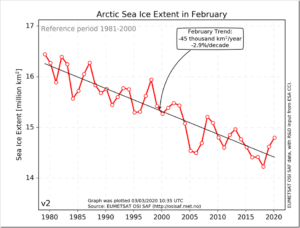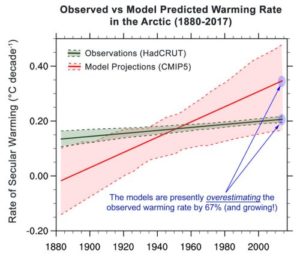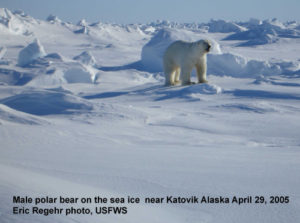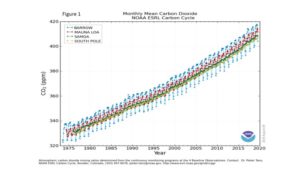by P. Homewood, June 21, 2020 in NotaLotofPeopleKnowThat
The Arctic is thought to have recorded its hottest ever temperature of 100.4F (38C) in Siberia, an astonishing 32F (18C) above the normal level for this time of year.
The mercury shot up to the unprecedented level in Verkhoyansk, 3,000 miles east of Moscow, as the region endures a summer heatwave.
Scientists had predicted the Arctic wouldn’t reach these levels until 2100, meaning it is warming 80 years faster than previously thought.
If the record is confirmed it will represent a new high. The current record for hottest temperature in the Arctic is held by Prospect Creek, Alaska, which recorded 100F (38C) in 1915.
Weatherman for CBS, Jeff Beradelli, said on Twitter yesterday: ‘Likely the hottest temperature ever recorded in the Arctic happened today.
‘What’s happening in Siberia this year is nothing short of remarkable. For perspective, Miami has only reached 100F (38C) once on record.’
Even the babies who write for the Mail could surely spot the fly in the ointment – that this new record is only 0.4F higher than the previous one set in 1915! Hardly the apocalypse they are trying to present.
As for Verkhoyansk itself, temperatures there reached 37.3C (99.1F) in 1988 during a succession of 30C+ days, so again there is nothing remarkable about the latest weather at all :

…

